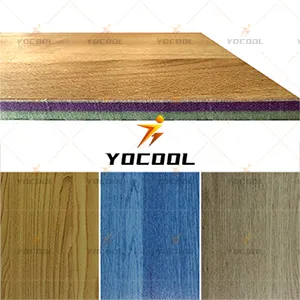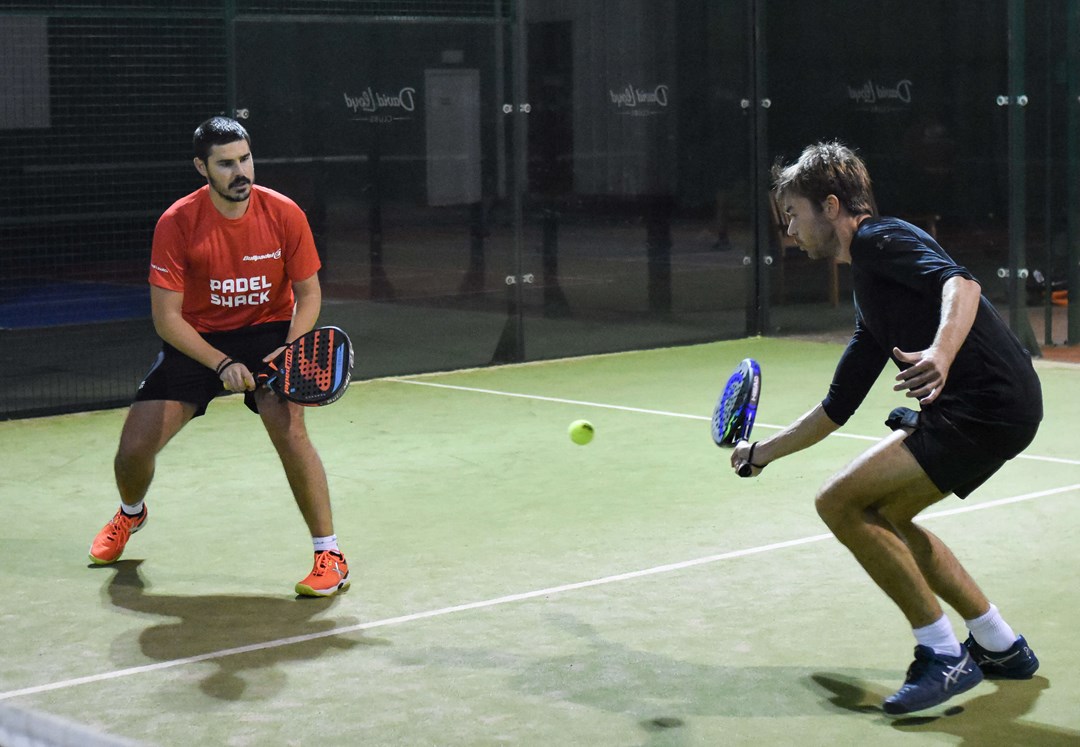Exploring the Cost of Padel in China A Comprehensive Analysis

Padel, a dynamic and fast-growing racquet sport, melds elements of tennis and squash, and has recently gained significant traction in China. As sports enthusiasts and investors alike turn their attention towards this burgeoning market, understanding the associated costs of padel in China becomes crucial for potential players, coaches, and entrepreneurs. Delving into the financial aspects of this sport can provide a clearer picture of its potential in this competitive market.
The initial investment in padel primarily revolves around infrastructure and equipment.
Constructing a padel court in China entails distinct costs. The size, materials, and technology used can influence the overall expense significantly. A standard padel court, which measures 10 meters by 20 meters, requires meticulous attention to detail in surfacing and fencing, often using high-end materials like synthetic grass or sports-certified turf. The cost of building such a court ranges from approximately RMB 200,000 to RMB 500,000 depending on location, quality of materials, and additional features like lighting systems or seating areas.

Importantly, location plays a pivotal role in determining the investment in padel. Metropolitan areas like Beijing, Shanghai, and Shenzhen tend to have higher land and construction costs compared to smaller cities or rural areas. Entrepreneurs should weigh the benefits of accessibility and potential customer base against the heightened costs of urban setups. The burgeoning interest in padel has spurred the development of dedicated padel clubs and existing sports facilities expanding to include padel, all of which brings about varied location-based investment potentials.
Considering equipment, a vital component for players and clubs, there exists a range of options tailored to different levels and preferences. Professional-grade padel racquets, commonly crafted with carbon fiber composites for optimal performance, can cost anywhere from RMB 700 to RMB 2,500. Balls designed specifically for padel, practice nets, and safety gear comprise the remainder of the equipment cost, which averages around RMB 500 to RMB 1000 per player. Clubs and organizers often buy in bulk to offset expenses, a strategy that proves beneficial in the long run.
china padel cost
Beyond physical infrastructure and gear, licensing and operational fees represent essential cost factors for padel establishments. To comply with local regulations, operators may need to acquire business licenses, health and safety permits, and, occasionally, environmental assessments, depending on jurisdictional stipulations. The cost of obtaining these can vary widely but typically ranges from RMB 20,000 to RMB 50,000 annually, contingent on the scales of the business operations and geographical locale. Moreover, continuous staff training and maintenance are non-negligible recurrent costs necessary to sustain high service standards.
For individual padel enthusiasts, club memberships and training fees are common considerations. Surveys from local padel clubs show that membership fees might hover between RMB 2000 to RMB 5000 annually, granting access to facilities and sometimes inclusive of introductory classes. Private coaching, greatly enhancing personal skill levels, typically commands an hourly rate between RMB 150 to RMB 400, with experienced instructors charging higher fees due to their expertise and reputation.
Despite these potential financial outlays, padel’s popularity continues to surge, attributed to its accessible nature and compelling social component. For investors in China, returns on padel-related ventures tend to materialize swiftly, driven by growing participation rates and a supportive community ethos. The demographic segment engaging with padel spans varied age groups, offering extensive revenue opportunities from diverse consumer bases.
In conclusion, while engaging with China's padel scene incurs a spectrum of costs from infrastructure to personal involvement, strategic investments acknowledge these as gateways to tapping into an expansive market. Sports enthusiasts and business-minded individuals alike should consider the multifaceted expenses as they pose unique opportunities to immerse in the world of padel while cultivating a new sporting culture in China. As this sport continues to thrive, understanding its financial landscape proves invaluable for anyone poised to embark on the padel journey.



